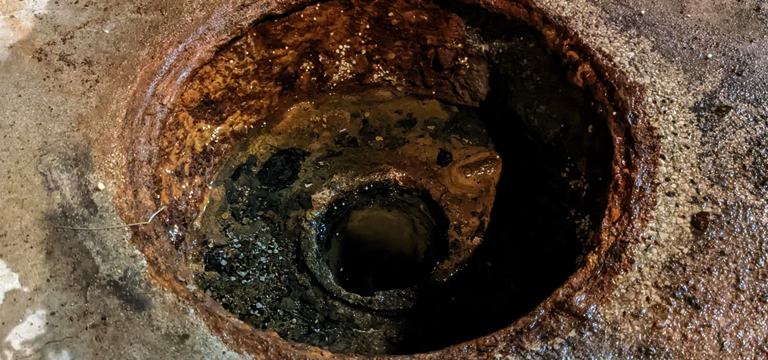If you’ve ever looked down at the drain in your basement floor and asked yourself, “Where does a basement floor drain go?”, you’re not alone. Basement floor drains play an important role in preventing flooding, removing excess water, and keeping your foundation protected from moisture damage. However, the exact path that water takes can depend on how your home’s plumbing and waterproofing systems are designed. Understanding this system can help you better maintain it and know when it’s time to call in professionals like our team at AWS for expert waterproofing solutions.
The Purpose of a Basement Floor Drain
A basement floor drain is designed to remove unwanted water from the lowest level of your home. Whether it’s from a washing machine leak, water heater failure, or minor seepage after heavy rain, this drain directs water away from your foundation and helps prevent standing water or mold growth. It’s a critical line of defense in maintaining a dry, healthy basement.
Where the Water Goes
In most homes, basement floor drains connect to one of three main systems:
- The Home’s Main Sewer Line or Septic System
In many older homes, the basement floor drain ties directly into the main sewer line. This means any water entering the drain flows out with household wastewater. While this setup is effective, it can pose risks during heavy rains, such as sewer backups that push dirty water back into your basement.
- A Sump Pump System
Newer homes often feature a sump pump system that works alongside or instead of a traditional drain. The floor drain may route water into a sump pit, where the pump then ejects it safely away from your home’s foundation. This system is especially common in areas with high groundwater levels or frequent flooding.
- A Storm Drain or Drain Tile System
In some cases, your basement floor drain connects to a perimeter drain tile system that runs around the edge of your foundation. This setup collects and channels groundwater to a storm drain or sump pit, helping reduce hydrostatic pressure and keeping your basement dry year-round.
What If My Floor Drain Isn’t Working?
If your basement floor drain isn’t clearing water properly, it could be due to a clog, a damaged line, or a malfunctioning sump pump. Debris, dirt, or even dried-out trap seals can block water flow or allow unpleasant odors to enter your basement. If you notice slow drainage, water pooling, or a musty smell, it’s time to have your system inspected by waterproofing professionals.
At AWS, we can assess whether your drainage issue stems from a simple blockage or a more serious foundation problem. Our experts specialize in identifying the source of water intrusion and offering long-term waterproofing solutions that keep your basement dry and your home protected.
Why Professional Waterproofing Matters
Even a properly working basement drain can only do so much on its own. If water is seeping through cracks, walls, or the floor, your drainage system may be overwhelmed. Professional waterproofing ensures that water is redirected before it causes lasting damage to your foundation, flooring, or air quality. Our basement waterproofing professionals at AWS provide trusted solutions, including interior and exterior systems, foundation drains, sump pump installations, and more. We tailor every system to your home’s unique needs to ensure effective, lasting moisture protection.
Contact the Waterproofing Professionals at AWS Today
If you’re unsure where your basement floor drain goes or if you’re experiencing moisture problems, don’t wait for the issue to get worse. Reach out to our waterproofing contractors at AWS today. Our team will inspect your drainage setup, identify potential vulnerabilities, and recommend the best waterproofing solution to keep your basement dry and your foundation secure. Contact us online today to learn more about how our experts can help.


